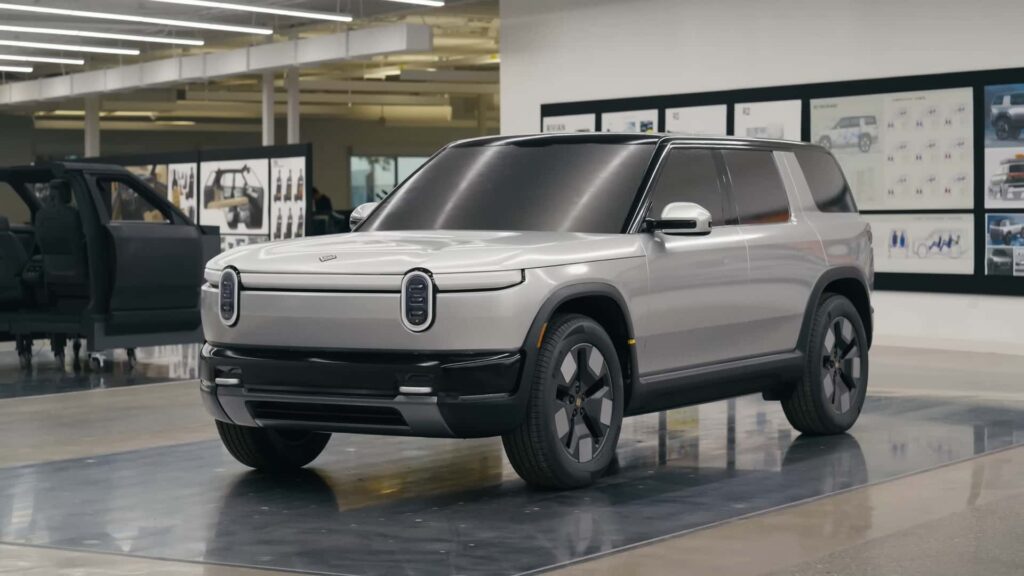- Rivian on Thursday said it sold 13,201 vehicles in the third quarter of 2025.
- It lowered its delivery guidance for the year and does not expect to match 2024’s sales figures.
- Rivian’s struggles to grow R1S and R1T sales underscore just how critical next year’s launch of the R2 SUV will be.
For a laundry list of reasons, 2025 hasn’t been easy on makers of electric vehicles in the U.S. Rivian, for its part, cut its annual delivery guidance on Thursday as it struggles to grow vehicle sales.
It all puts even more pressure on the launch of the brand’s cheaper, higher-volume R2 crossover next year.
The California-based EV startup said it delivered 13,201 vehicles in the third quarter, marking its best quarter of the year by far. But the party isn’t going to last. Rivian “narrowed” its full-year delivery guidance to between 41,500 and 43,500 vehicles.
This marks the second time that Rivian has cut its sales projections this year. At the start of 2025, the company expected to sell up to 51,000 vehicles. In May, as it became clear that President Trump’s tariffs and attacks on key climate policies would deal a blow to America’s EV industry, Rivian cut the top end of its forecast to 46,000 units.
Now it doesn’t expect to meet that, either. Rivian’s annual deliveries are likely to fall below both its 2023 and its 2024 figures. This year’s shortfall could easily be a result of numerous headwinds the whole auto industry is facing—including, notably, the expiration of the $7,500 EV tax credit that had propped up clean-vehicle sales for years. That went away on Tuesday, and many of the great quarterly numbers we’re seeing from other automakers suggest consumers rushed to take advantage of it before it went away. With it gone, and many purchases moved up, Q4 could be tough for a lot of automakers.
But Rivian’s flatlining sales also indicate that demand for the high-end R1T and R1S vehicles has hit a ceiling—no matter how impressive or innovative we and other experts think they are. Rivian founder and CEO RJ Scaringe said as much during our August interview on the InsideEVs Plugged-In Podcast. He told me the company had anticipated more demand for vehicles priced like the R1 series—that is, an average price somewhere in the $90,000 range.

The R1T and R1S have garnered tons of acclaim, but sales have failed to grow in the last couple of years.
Photo by: Mack Hogan/InsideEVs
He also said that he understands very well how critical the R2 is to the company’s survival. It’s nothing like, say, Volkswagen or Chevrolet launching a new model. For Rivian, nailing the execution and production of its first truly mainstream product is absolutely make-or-break.
“For a big company that has lots of other products, you can absorb that not going well, and the business will be fine,” Scaringe said. “For a Rivian, it must go well.”
The crossover will be smaller and cheaper than Rivian’s current products, while, it says, retaining the outdoorsy charm that has endeared the brand to its early adopters. Simply by virtue of being a lower cost vehicle—Rivian says it will start around $45,000—the R2 should juice the company’s sales considerably once full-scale production gets underway.
Rivian says R2 production will begin in 2026 at Rivian’s Normal, Illinois plant. That’s when the real test of Rivian’s staying power begins.
Contact the author: Tim.Levin@InsideEVs.com

